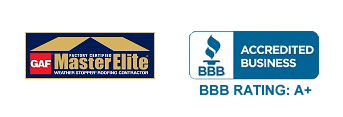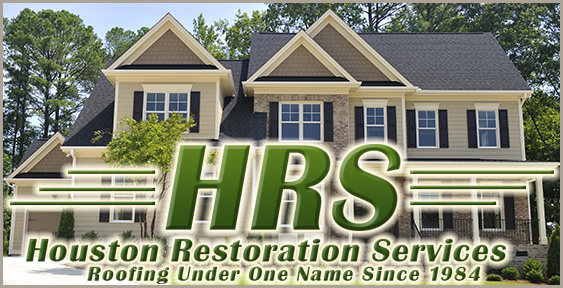
When materials such as composition shingles and concrete roofing tiles were first introduced to the market, many homeowners did not consider wooden shingles and shakes to be a viable option, mainly due to the higher costs and maintenance requirements associated with them. However, there is rarely a suitable substitute for wooden shingles' natural aesthetic. Many manufactured materials can mimic the look of wooden shingles, but many fall short of accurately replicating them. Here are some of the pros and cons associated with a wooden roofing system installation. Homeowners who wish to learn more about the specific costs and installation processes are encouraged to contact an experienced Houston roofing contractor.
Wooden shakes and shingles are most often found on historic homes due to the unique charm they possess. They were originally hand split with an axe, which was an incredibly tedious process. During the early 19th century, mills began to mass produce the material in shingle format, and since this effectively increased production and decreased the cost of the material, they quickly became the predominant type of roofing material in the United States as a result.
The cost of wooden roofing materials can be as much as twice the cost associated with asphalt shingles, depending on the region. The installation costs also vary based on the home or building's architectural details, the roof pitch and the type of wood with which the shingles are constructed.
A roofing expert from Houston Restoration Services of Houston would be happy to answer any question you have about storm damage or residential roofing.
Wooden roofing materials might cost around the same price as concrete tiles, and they often cost considerably less than slate or clay roofing tiles.
As wooden shingles or shakes begin to weather, they develop a beautiful gray patina. This is one of the main charms associated with the product, and there is not another type of roofing material in existence that can achieve this same aesthetic. There are many differences between wooden shakes and wooden shingles. Shingles are machine cut and feature a smooth finish on each side, and shakes are thicker and feature a more rustic, hand cut appearance.
There are also different grades and variations to consider, which are based on the specific manufacturer that produces the material. Grade A shingles will not have any visible defects, and they will feature an edge grain, unlike lower grades, which might have some visible defects and they will feature a flat grain cut. Generally speaking, when it comes to maximizing the roof's longevity, the more the homeowner is willing to invest, the better the results will most likely be. Higher grade wooden roofing materials might offer the most return on investment in the end.








